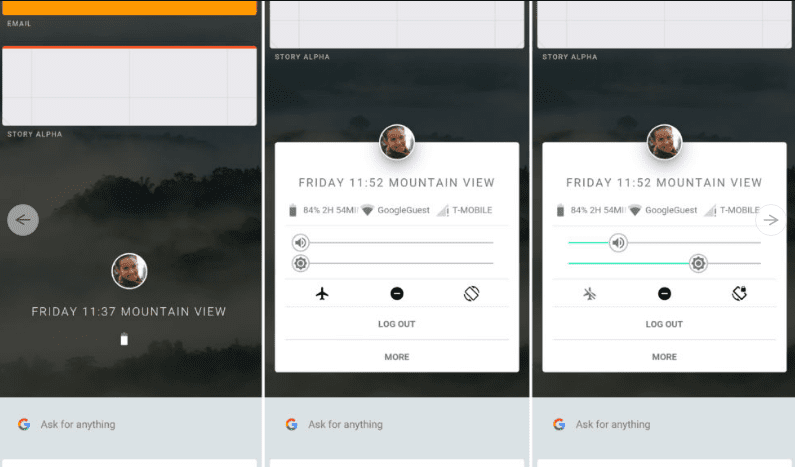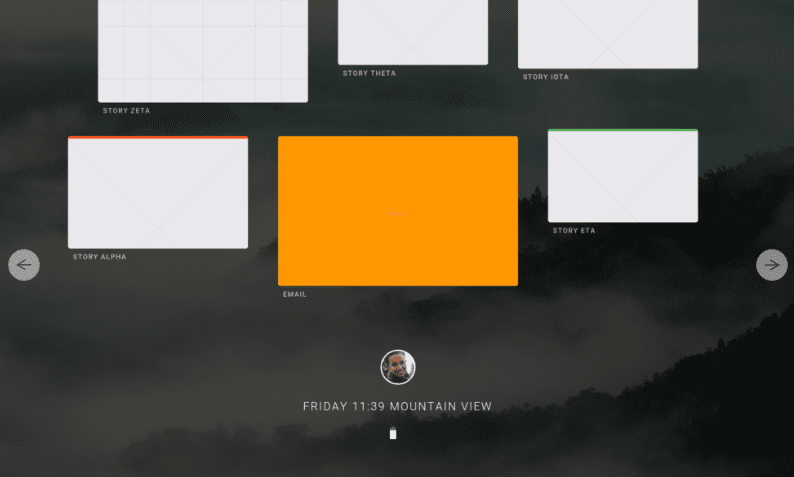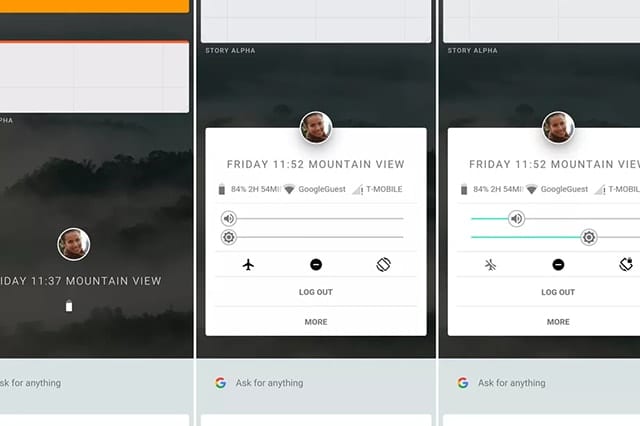We are familiar with the Android and Chrome OS and how useful they can be. But, apparently, that is not enough for the tech giant, Google, to rest on their laurels. Last year, they announced the development of a new operating system called Fuchsia.
While this third OS was shrouded in mystery in the past few months, more information about it has recently surfaced. Let’s take a look at what it’s all about.
Fuchsia and Armadillo
In August last year, Fuchsia was simply a command line. Lately, though, images started to surface showing that the next-generation OS already has a functional user interface. It is called Armadillo. Word has it that this software might one day replace Android.

We know that Android runs on Linux, but Fuchsia is taking a different approach. It was created from the ground up, using the Magenta kernel, also a property of Google. The Magenta kernel works well for computers and smartphones. Google is, apparently, also using the LK kernel, which is largely meant for “small systems”.
Hotfixit’s Kyle Bradshaw was actually the first one to discover Armadillo. He created a guide on how to build Fuchsia Armadillo on your Android device for those who want to experience it first-hand.
What Does Fuchsia Look Like?
Ars Technica compiled images of the new OS, dubbing the new UI as “wild”. The user interface still features a card system, however, much like what Google Now users are familiar with.

It is believed that once Fuchsia becomes fully functional and sees a mass release, users will be able to manage apps better using the card system. Theoretically, you can then have full control on how you arrange your open apps on your mobile device. It is also possible to run apps in split-screen view in a more seamless manner.
Yes, the Armadillo user interface looks interestingly refreshing, but that does not mean it will take time to figure out. Google is known to create user-intuitive programs, which you can use even without reading a manual. The same thing can be expected for Fuchsia. In fact, industry experts who have weighed in on the matter consider the Armadillo interface as “refined”, which suggests it will be easy to use once fully fleshed out.
Many people also think that Fuchsia is meant for mobile phones and tablets based on its current look and the size images circulating online.
Not all looks different from Android though. The current iteration of its keyboard looks similar to that of Android’s. The home key is also looking familiar at the moment.
Time will tell how the operating system’s look and feel will develop in the future.
Speculations on Why Google is Making a Third OS
There isn’t much to go on at the moment, but the rumor mill believes that Fuchsia may be Google’s way of merging Chrome’s extremely simple environment and Android’s capabilities. A valid guess considering that Google is always looking for ways to reach more people with their products and services. A combination of Chrome’s desktop appeal and Android’s smart systems, even smarter and better cross-platform apps can be developed.
Ditching Linux is coming off as a shock for some people, but it also seems that Android isn’t really particular at keeping up with Linux’s recent releases. By using their own developed kernel, Google is freeing themselves from third-party limitations.
Currently, Fuchsia images we see online really don’t tell a lot yet. Will see what the next months have in store for us. Stay tuned for more updates!


